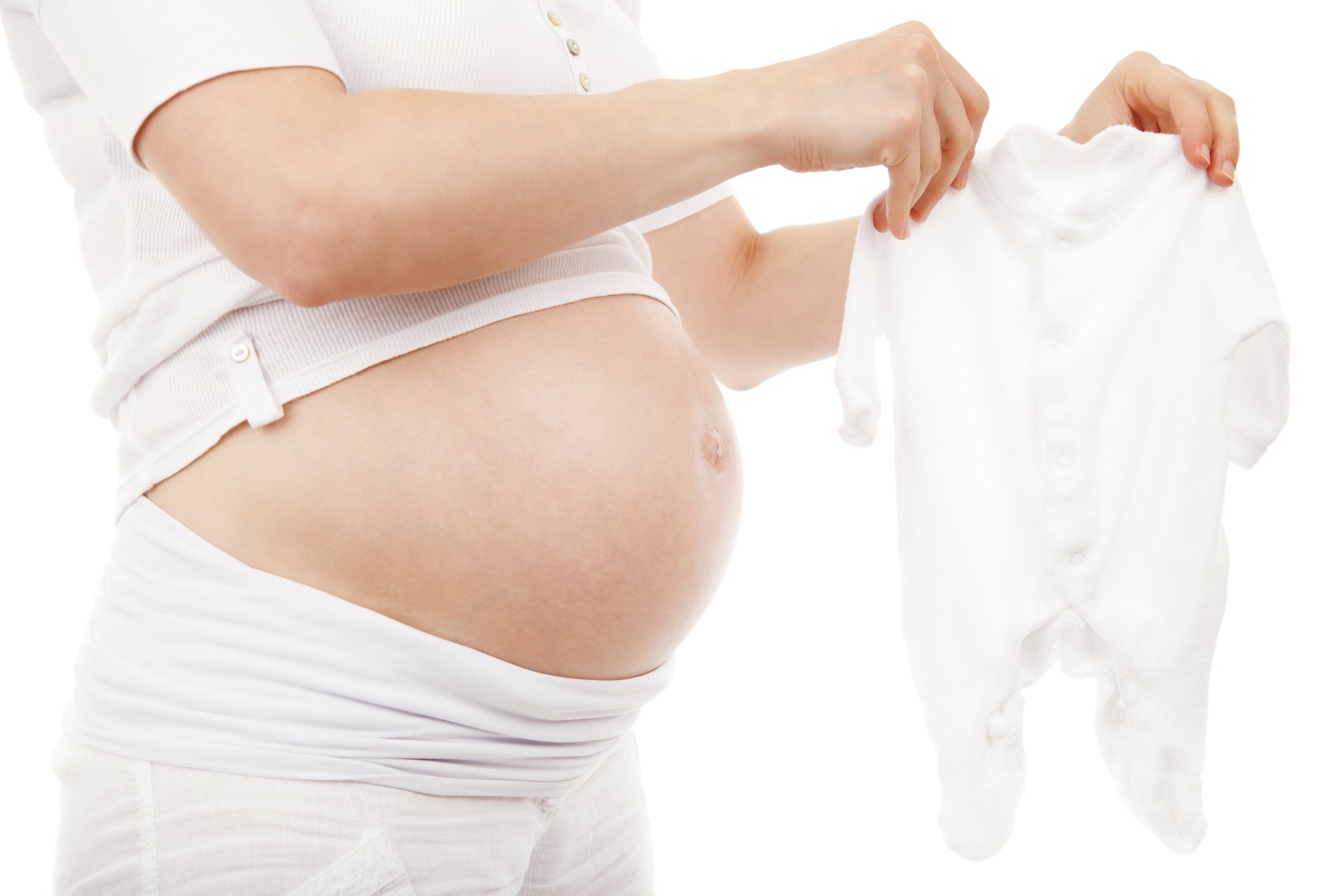Uterine transplantation and regulatory questions
Baylor University Medical Center in Dallas recently announced the first birth after a uterus transplant in the United States. The successful pregnancy with the transplanted uterus and subsequent birth of a healthy baby boy raises several interesting regulatory questions about the future of uterine transplantation and its potential as a growing area of assisted reproduction.
The Dallas baby is not the first successful birth after uterine transplantation. In 2012, Dr. Mats Brannstrom and his Swedish team began transplanting uteri with the first successful live birth in 2014. While there is no comprehensive list or registry, it is believed that there have been five babies born to date by this procedure.
Despite over five years of international work in this space and multiple live births, there is no clear answer for what the regulation of uterine transplantation should look like in the United States. This is due in part to the differences between how we govern organ transplantation and our approach to assisted reproductive technologies.
On a basic level, women who seek uterine transplantation lack a uterus. Often, this is due to a condition called Mullerian Agenesis, also known as Mayer-Rokitansky-Kuster-Houser Syndrome. Additionally, a woman may lack a uterus if she has undergone a hysterectomy, typically due to cancer or reproductive conditions such as endometriosis or abnormal bleeding.
These women seek uterine transplantation solely for the reproductive purpose of experiencing pregnancy, with the understanding that the organ will be removed after reproductive efforts cease.

Because uterine transplantation is currently an experimental protocol, it is generally left up to institutions conducting this research to determine policies, procedures, and payment, as well as eligibility requirements. At this time, it is not subject to the same regulations as other forms of organ donation. However, The United Network for Organ Sharing (UNOS) is involved with uterine transplants, particularly in regard to evaluation procedures.
But if these procedures move away from research protocols and into the general market, we have to determine how to govern these technologies, if at all. To do so we must first recognize that there are tensions between how we govern general organ transplantation and how we have traditionally approached assisted reproductive technologies. One clear example of this tension concerns procurement.
If we consider uterine transplantation to require the same regulations as other organs, it would fall under the purview of the National Organ Transplantation Act (NOTA), which was passed in 1984 to regulate organ transplantation in the United States. Importantly, it prohibits the sale of organs. As such, uterine transplantation in the United States would likely be required to be done altruistically, unlike many other forms of fertility assistance.
In contrast, assisted reproductive technologies and third-party reproduction in the United States, including the use of gestational surrogacy, is largely unregulated. Instead, these procedures exist in the private market in which individuals pay for procedures they wish to undergo either directly or through the use of insurance. Under this model, a woman seeking a uterus could presumably compensate a donor for the organ, much like gestational surrogates are paid for the use of their uterus in jurisdictions that allow for commercial surrogacy.
The example of procurement and payment is just one way in which uterine transplantation provides an opportunity for significant evaluation of not only how the fertility industry is regulated, but also whether it is appropriate to prohibit the sale of organs in the United States. As science continues to outpace legal frameworks, we will continue to wrestle with these difficult questions.
-By Katarina Lee, J.D., M.A., clinical ethics fellow in the Center for Medical Ethics and Health Policy at Baylor College of Medicine



